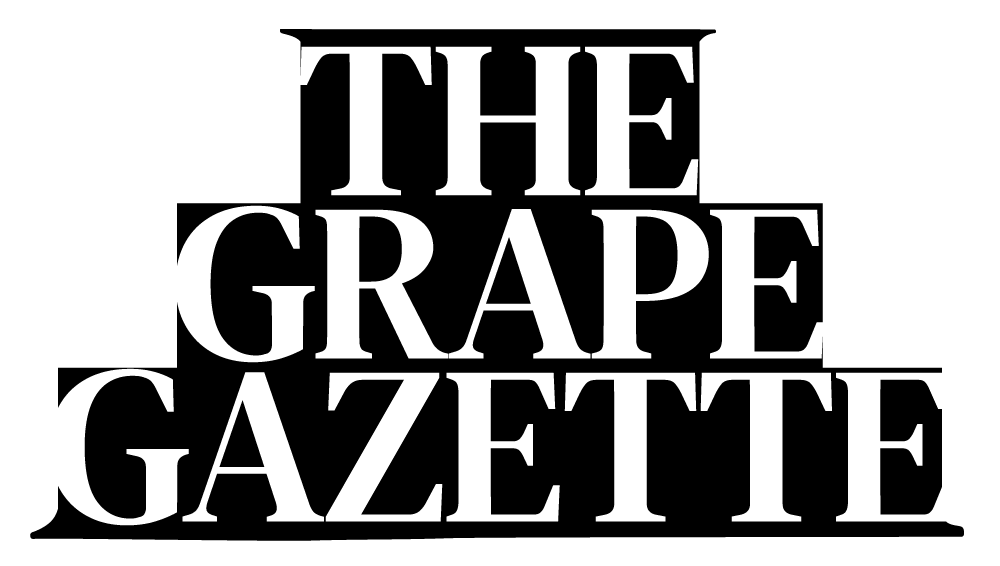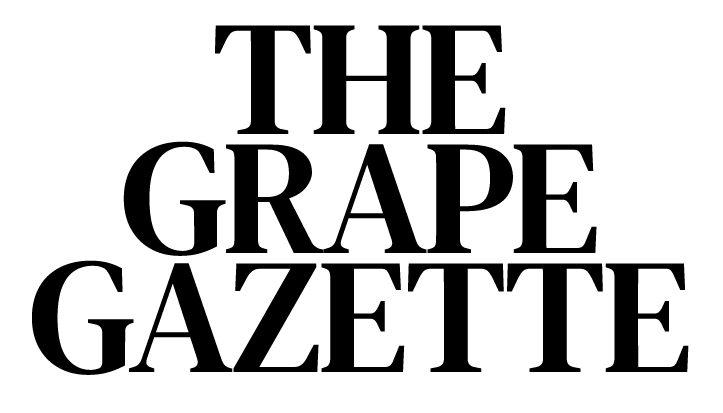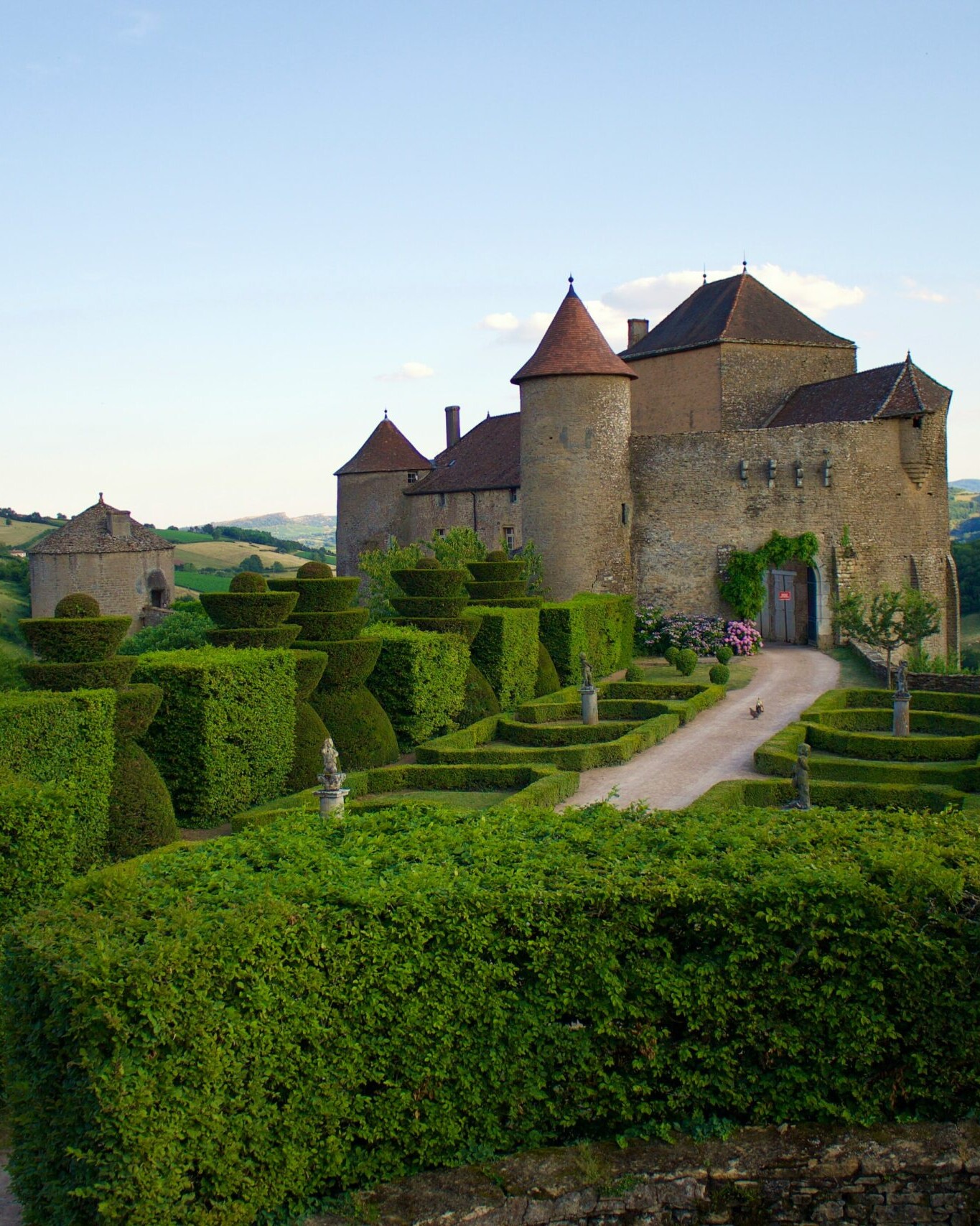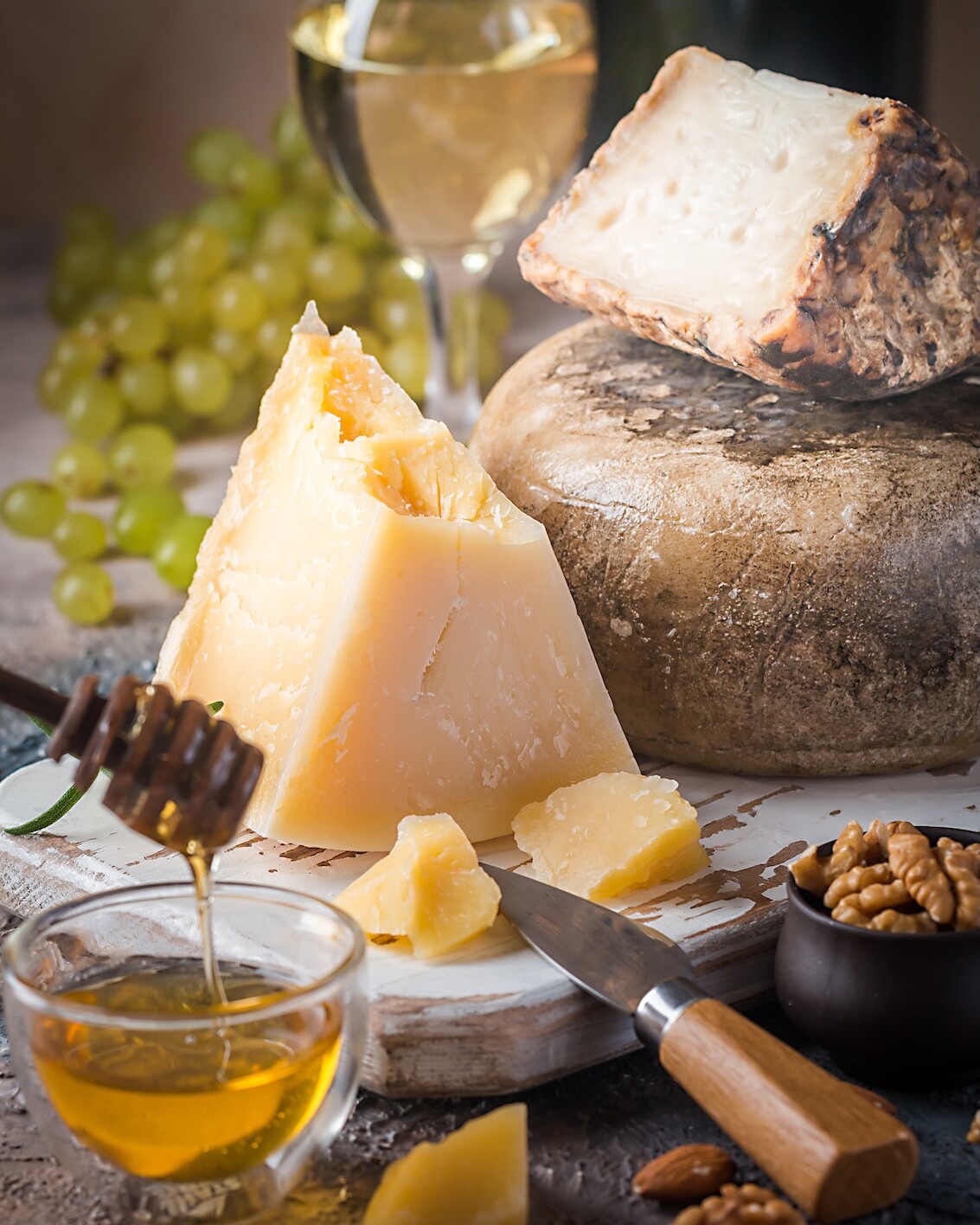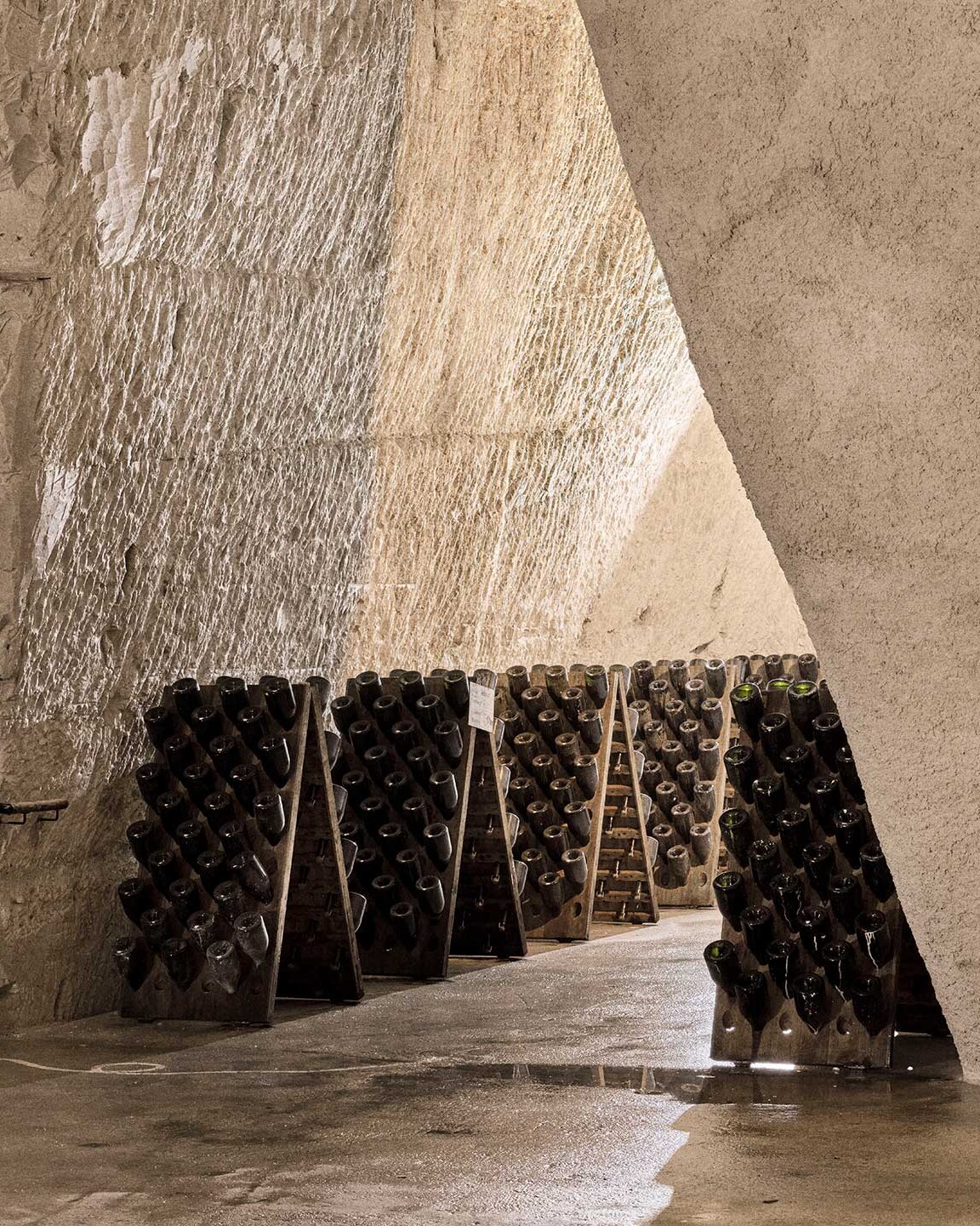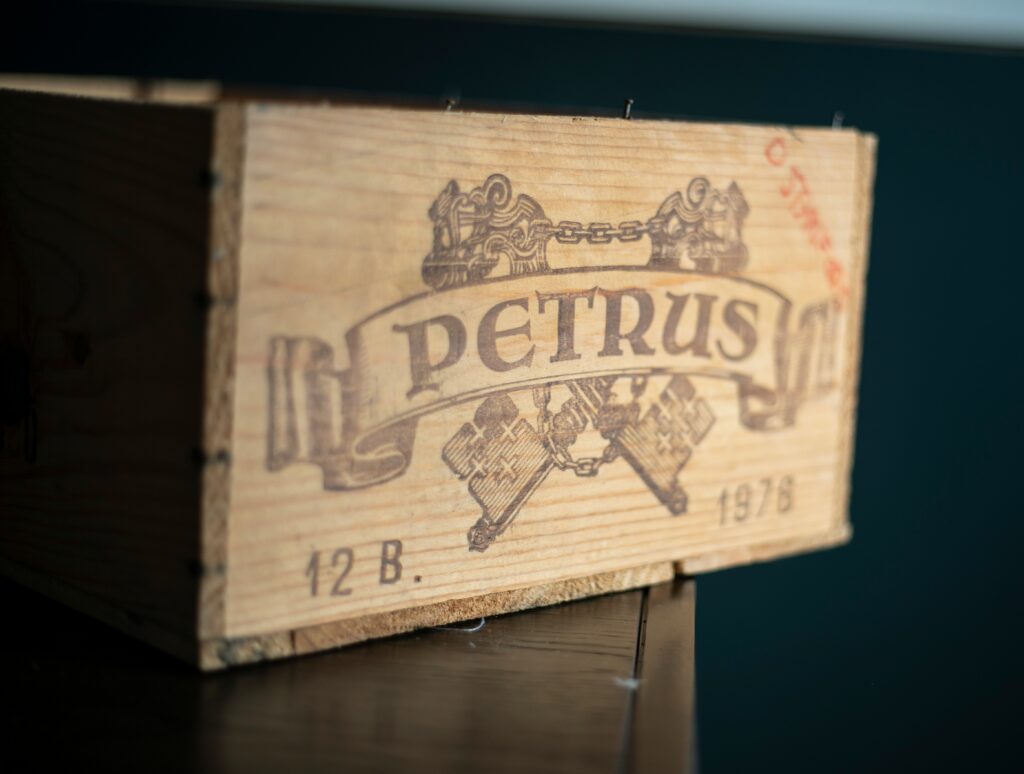
Bordeaux is often associated with iconic Left Bank wines like Château Margaux and Château Latour, but if you skip the Right Bank, you’re missing out on some of the most exciting, Merlot-driven wines in France.
Unlike the Cabernet-dominant blends of the Médoc, Right Bank wines are typically softer, more approachable and often drink well younger – but that doesn’t mean they lack complexity. If you’re not already exploring Saint-Émilion and Pomerol, it’s time to start.
What Makes Right Bank Wines Different?
The fundamental difference between Bordeaux’s two banks is grape variety. The Left Bank is all about Cabernet Sauvignon, known for its structure, tannins, and aging potential. The Right Bank, in contrast, favours Merlot, which gives wines a plush, fruit-forward character with softer tannins and a rounder mouthfeel.
Other key differences:
- Soil – Right Bank vineyards have clay and limestone soils, which retain moisture and suit Merlot perfectly.
- Smaller estates – While the Left Bank is known for grand, château-style wineries, the Right Bank tends to have smaller, family-run estates.
- Earlier drinking style – Many Right Bank wines are ready to enjoy within 5-10 years, unlike Left Bank wines that often need decades.
Regions to Know
Saint-Émilion – The Elegant Classic
Saint-Émilion is Bordeaux’s oldest wine-producing region, and its wines reflect centuries of refinement. Expect wines with lush red fruit, smooth tannins, and a hint of spice. Some of the biggest names here include:
- Château Cheval Blanc – One of the most famous and long-lived Right Bank wines.
- Château Figeac – A Saint-Émilion standout, blending Merlot, Cabernet Franc, and Cabernet Sauvignon.
- Château Canon – Known for finesse and elegance, offering superb aging potential.
Pomerol – The Powerhouse of Merlot
Pomerol is tiny, but home to some of the most sought-after wines in the world. If you want to understand high-end Merlot, Pomerol is where you go.
- Château Pétrus – Legendary. Expect to pay thousands for a bottle, but if you get the chance to try it, it’s an experience.
- Château La Conseillante – Silky, floral, and often overlooked compared to its famous neighbour.
- Vieux Château Certan – A blend of Merlot, Cabernet Franc, and Cabernet Sauvignon, adding depth and complexity.
Fronsac & Lalande-de-Pomerol – The Hidden Gems
If you want Right Bank character without the price tag, look to Fronsac and Lalande-de-Pomerol. These regions offer:
- Rich, structured wines with great value.
- Winemaking techniques similar to Saint-Émilion and Pomerol, but at a fraction of the cost.
- Wines that drink well young but can still age beautifully.
Is Right Bank Bordeaux Better Than Left Bank?
That depends on what you like. If you enjoy bold, tannic wines with aging potential, Left Bank Cabernet Sauvignon blends are still king. But if you prefer rounder, fruitier wines that don’t need decades to soften, Right Bank Merlot-dominant wines are an excellent choice.
Right Bank wines also tend to be more food-friendly, pairing effortlessly with dishes like:
- Duck breast with cherry sauce – The wine’s plush fruit complements the dish’s richness.
- Beef Wellington – The earthy, savoury notes in a great Saint-Émilion mirror the dish perfectly.
- Mushroom risotto – Merlot’s silky tannins and red fruit work well with creamy textures.
There’s a reason Right Bank wines are gaining more attention. They’re rich, elegant, and accessible, and whether you’re new to Bordeaux or a seasoned collector, they offer some of the most rewarding bottles you can find.
